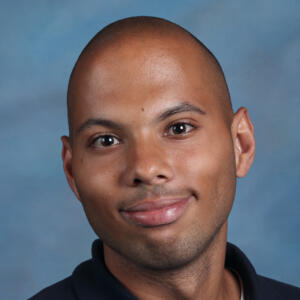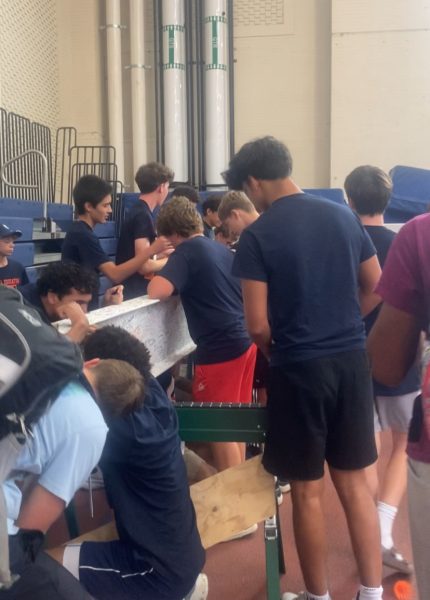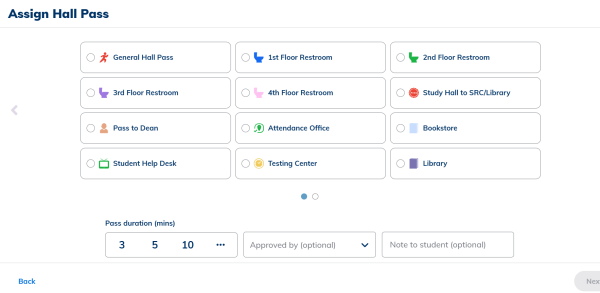OPRF weighs block scheduling and later start times
Last month, OPRF released the results from a survey known as a “ThoughtExchange.” ThoughtExchange is a surveying platform that ranks posts based on how favorably they are perceived. Nearly 2,000 students, faculty, and parents participated, and members of each group were interviewed about their thoughts on later start times and block scheduling.
Because OPRF received positive feedback about block scheduling and the later start time during the 2020-21 school year, Laurie Fiorenza, OPRF’s assistant superintendent for student learning, decided to conduct the ThoughtExchange to see if those students felt the same way after a year of remote and hybrid learning.
She says students surveyed liked the idea. For a block schedule to be implemented, however, it would have to be approved by the school board.
Fiorenza emphasized community input would be essential. “We want to make sure that (the decision is) collaborative,” she said.
Junior Emmett Harmon generally supports a later start to the school day. “I work more efficiently from 10-12 o’clock,” he said.
However, Harmon shows concern that a later start to the school day might interfere with his athletics and extracurriculars because school would end later. “I think a later start with block scheduling might push some students away from activities,” he said.
Harmon notes a longer learning time and more face-to-face time with teachers would be helpful.
However, he also sees some downsides with the block schedule. “Personally, the homework load and different classes (each day) would be difficult,” said Harmon. Harmon is concerned an increased class time might also increase the amount of work teachers assign. All things considered, Harmon said he ultimately prefers the current schedule with a later start.
Tamariz Irlanda, a Spanish teacher at Trinity High School in River Forest, has been teaching a block schedule for years. “I would never want to teach a 45-minute period again,” Irlanda said. “When we have special schedules and the classes are a bit shorter, it throws me off. Forty-five minutes is just not enough time to get in depth classroom content,” she said.
Irlanda also said she believes a block schedule is better for preparing students for the future. “A period of one hour and 25 minutes is more similar to a college class and high school is supposed to prepare students for college… In a block schedule setting, teachers can present a variety of learning activities due to the extension of time. This is valuable to assimilate concepts in different ways and for different learning styles.”
Trinity completes classes in one semester that would otherwise be completed in two, and students go to the same classes every day. That means students take half of their classes in the first semester, and the other half in the second semester. Roughly twice as much material needs to be completed each day with this schedule, which daily includes four classes, a lunch break, and a brief homeroom period.
Although it is unclear if and when these changes will go through, they would have a profound impact on OPRF’s roughly 3,400 students.
To view the full ThoughtExchange report, visit this page.





